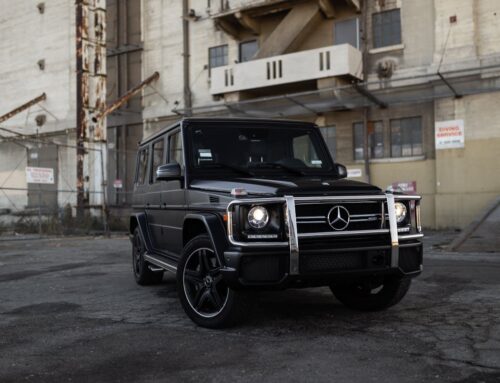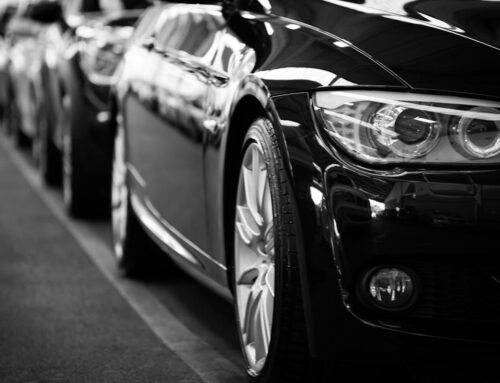The Platform That Almost Was: The DEW98 and the Lost Ford Fairlane
Ford has never been short on bold ideas. From the thunder of the first Mustang to the efficiency revolution of the EcoBoost, it’s a company known for swinging big. But for every home run, there are also a few projects that never made it out of the dugout. One of the most interesting? The 2004 Ford Fairlane was a promising, stylish sedan that was scrapped before it ever hit the streets.
To understand what we missed with the cancelled Fairlane, you first have to understand the DEW98 platform. It was advanced, adaptable, and built with performance in mind. And for a few years in the early 2000s, it looked like DEW98 was going to carry Ford’s legacy of rear-wheel-drive sedans into a bold new era.
Let’s take a closer look at the DEW98’s story, its high-profile successes, and the fascinating “what could have been” of the 2004 Fairlane.
What Is the DEW98 Platform?
Born out of a joint engineering effort between Ford and Jaguar in the late 1990s, the DEW98 platform was a high-end rear-wheel-drive architecture. Unlike more conventional sedan platforms of the time, DEW98 was designed with precision handling, dynamic driving, and luxury performance in mind.
This wasn’t your typical bones-for-a-commuter-car setup. The DEW98 used independent rear suspension, a low-slung stance, and was meant to support powerful engines and sharp responses. It was built for cars that were meant to be driven, not just parked in front of the grocery store.
Ford intended the platform to be flexible. It could support sedans, coupes, and even convertibles. The idea was to use it across multiple brands in the Ford family, from Lincoln to Jaguar and possibly even Mercury. This strategy made sense on paper. A shared foundation reduces costs and speeds up development. But in practice, the DEW98’s fate was more complicated.
DEW98 on the Road: What We Got
Before diving into what we missed, let’s talk about what hit the streets. The most famous DEW98 car is the Lincoln LS, launched in 1999. It was a solid performer with European-like road manners, especially for a Lincoln. It came with a V8, a manual transmission option, and a mission to shake up what American luxury sedans could be.
Jaguar also used the platform for the S-Type, a retro-styled four-door that emphasized refinement and class. While the S-Type never reached the iconic heights of its Jaguar siblings, it benefited from the DEW98’s handling chops and strong underpinnings.
Later, Ford would adapt the platform slightly to underpin the first-generation Ford Thunderbird revival in 2002, a two-seater convertible that wore its heritage on its sleeve but never gained strong traction in the market. Even so, it was a clear example of how the DEW98 could stretch into more adventurous territory.
So far, so good, right? But behind the scenes, cracks were forming. The DEW98 was expensive to build. Fuel economy wasn’t its strong suit. And as the automotive landscape shifted toward front-wheel-drive efficiency and SUV popularity, the appetite for sporty RWD sedans cooled down.
The 2004 Ford Fairlane: What Could Have Been
One of the most exciting planned applications for the DEW98 was a brand-new Ford Fairlane, originally slated for a 2004 release. The name itself was steeped in heritage; Ford had used it for decades, from full-size cruisers in the 1950s to muscular intermediates in the late 60s. Reviving the Fairlane for the new millennium was more than nostalgia. It was meant to show that Ford could blend tradition with innovation.
The DEW98-based Fairlane was supposed to be a stylish rear-wheel-drive sedan with a focus on driving pleasure. It would have slotted above the Taurus and positioned Ford as a competitor to sporty imports like the BMW 3 Series and Infiniti G35. The design language was rumored to be clean and modern, with cues from Ford of Europe’s sharper, more premium look.
Inside, the Fairlane was expected to offer premium touches, plenty of tech, and engine choices that made full use of the platform’s performance potential. Think V6 and V8 options with solid handling and a well-balanced ride.
But despite promising early development, the Fairlane project was ultimately cancelled. Why? Timing and priorities. By the early 2000s, Ford was shifting focus toward crossover SUVs and volume sellers. The DEW98 platform’s cost, combined with the underwhelming sales of the Lincoln LS and T-Bird, made leadership question its viability. The rear-wheel-drive sedan dream was shelved, and the Fairlane went back into the vault.
Legacy and Lessons
Though the DEW98 didn’t live up to its full potential, it left a lasting impression. It showed that Ford could build platforms with dynamic handling and luxury appeal. The Lincoln LS, in particular, helped pave the way for Ford to think differently about its luxury and performance divisions.
The cancelled 2004 Fairlane project remains a fascinating “what if.” It represented an alternative future where Ford leaned into enthusiast sedans and chased down its German rivals on their own turf.
Instead, we got the rise of the Fusion, the crossover boom, and eventually, the Mustang Mach-E. But for those who remember the promise of the DEW98, the idea of a sleek, rear-wheel-drive Fairlane still captures the imagination.
Who knows? Maybe one day, the Fairlane name will return, ready to finish what it started.




